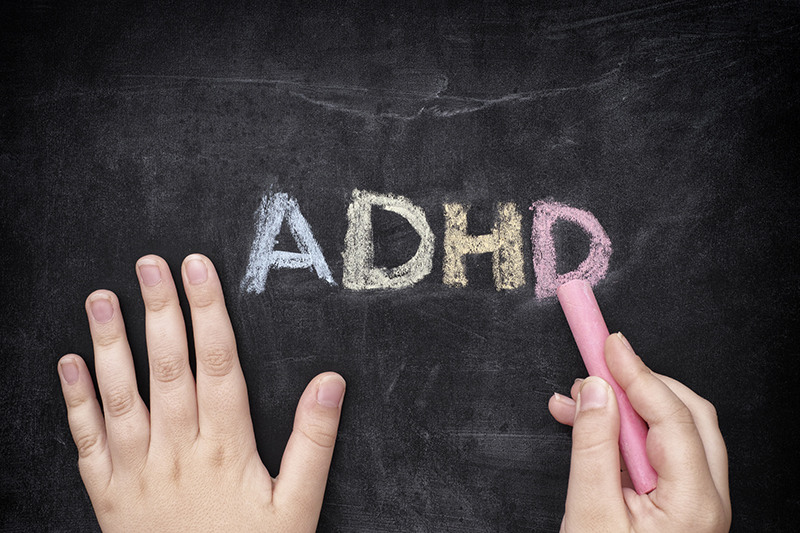Families For Life | Attention Deficit Hyperactivity Disorder-Toddlers

Children with ADHD exhibit a variety of symptoms ranging from inattention to hyperactivity.
Attention Deficit Hyperactivity Disorder (ADHD) is a neuro-developmental disorder of self-control. As the name suggests, the symptoms of ADHD are characterised by serious and persistent difficulty in three areas, namely:
Inattention
Impulsivity
Hyperactivity
It is quite normal for children to be active, inattentive and impulsive. However, children have difficulties in the above areas when these behaviours:
are severe and persistent
occur across more than one situation, for example, at home, school, the supermarket
impair their performance at school and their relationships with others.
Children who exhibit such behaviours may be suffering from ADHD. The condition affects children and teenagers and can continue into adulthood.
Signs and symptoms
Children with ADHD exhibit a variety of symptoms. According to diagnostic criteria, the symptoms must have started before the age of seven and be evident for at least six months.
With inattention, the child:
often fails to give close attention to details
often has difficulty sustaining attention in tasks or play activities
is often easily distracted by extraneous stimuli
is often forgetful in daily activities
often does not seem to listen when spoken to directly
makes careless mistakes in schoolwork or other activities
often does not follow instructions and fails to finish schoolwork, chores or duties
often has difficulty organising tasks and activities
often avoids, dislikes or is reluctant to engage in tasks that require sustained mental effort
often loses things necessary for tasks or activities (toys, school assignments, pencils or books).
With hyperactivity and impulsivity, the child:
often fidgets or squirms in the seat
often leaves his seat in the classroom or in other situations where remaining seated is expected
often runs about or climbs excessively in situations where it is inappropriate
often has difficulty playing or engaging in leisure activities quietly
is often ‘on the go’ or often acts as if he is ‘driven by a motor’
often talks excessively
often blurts out answers before questions have been completed
often has difficulty waiting turns
often interrupts or intrudes on others.
Treatment
There is no simple treatment. A multidisciplinary approach is most effective. This includes:
Medication
Medicine changes the brain chemistry so that the brain may function in a more orderly manner. As a child’s concentration improves and hyperactivity lessens, the child will find life more manageable and satisfying.
Help with behaviour management and organisation skills
Parents can help children structure and organise their life. Having a routine is essential. Parents may make use of concrete reminders, such as lists, schedules and alarm clocks to help break down homework activities into small steps. Use of small, frequent and constantly repeated incentives and feedback increase children’s awareness of what they are doing. Positive results are encouraged in this way.
Training parents to elicit desired behaviour
Training parents helps them to elicit the desired behaviour they want in their children. As children with ADHD often feel they can do nothing right or well, helping children experience success by discovering what they are good at will foster their confidence and competence.
Explore more
Contributed by:
Health Promotion Board's Parent Hub